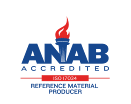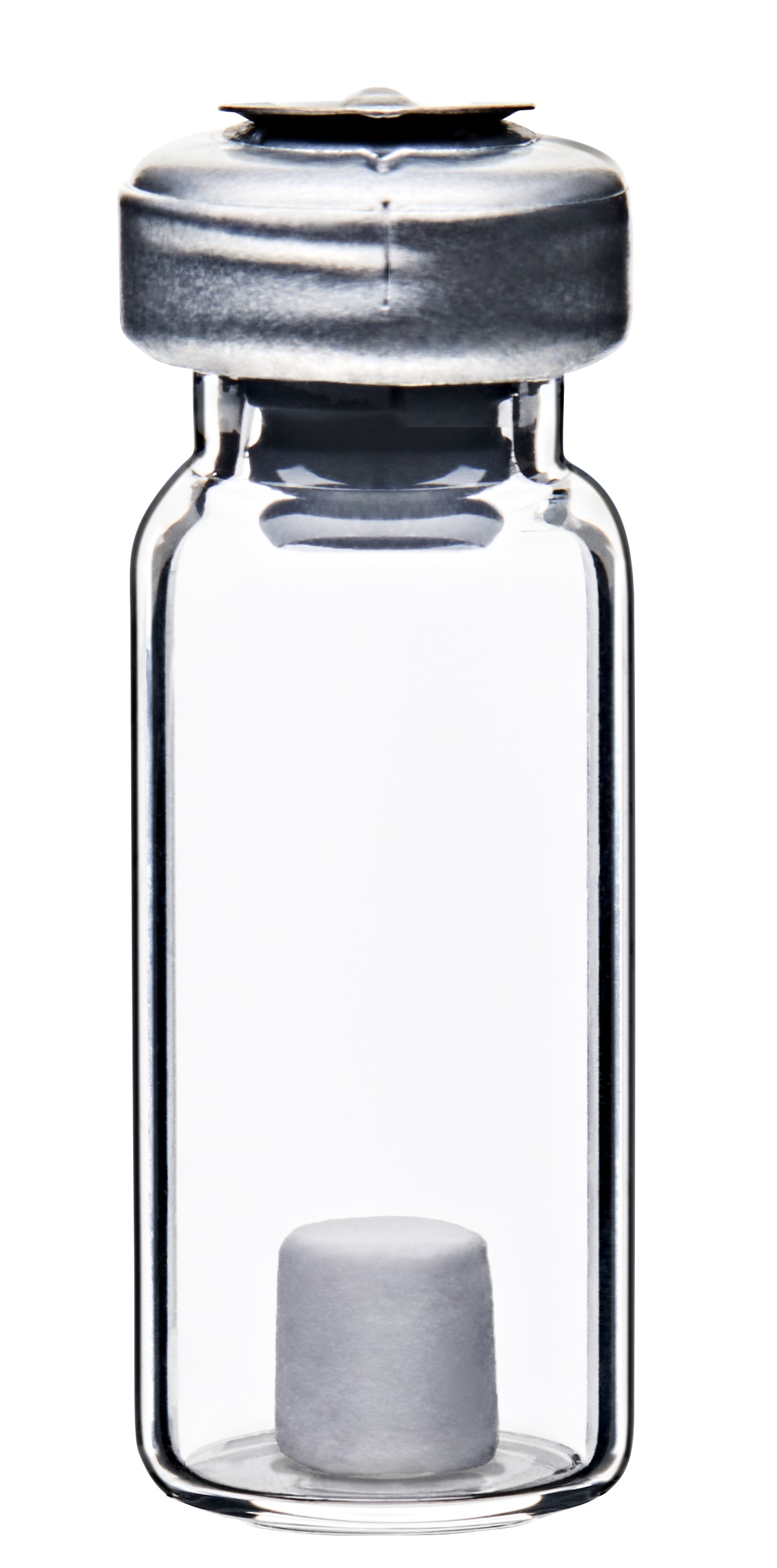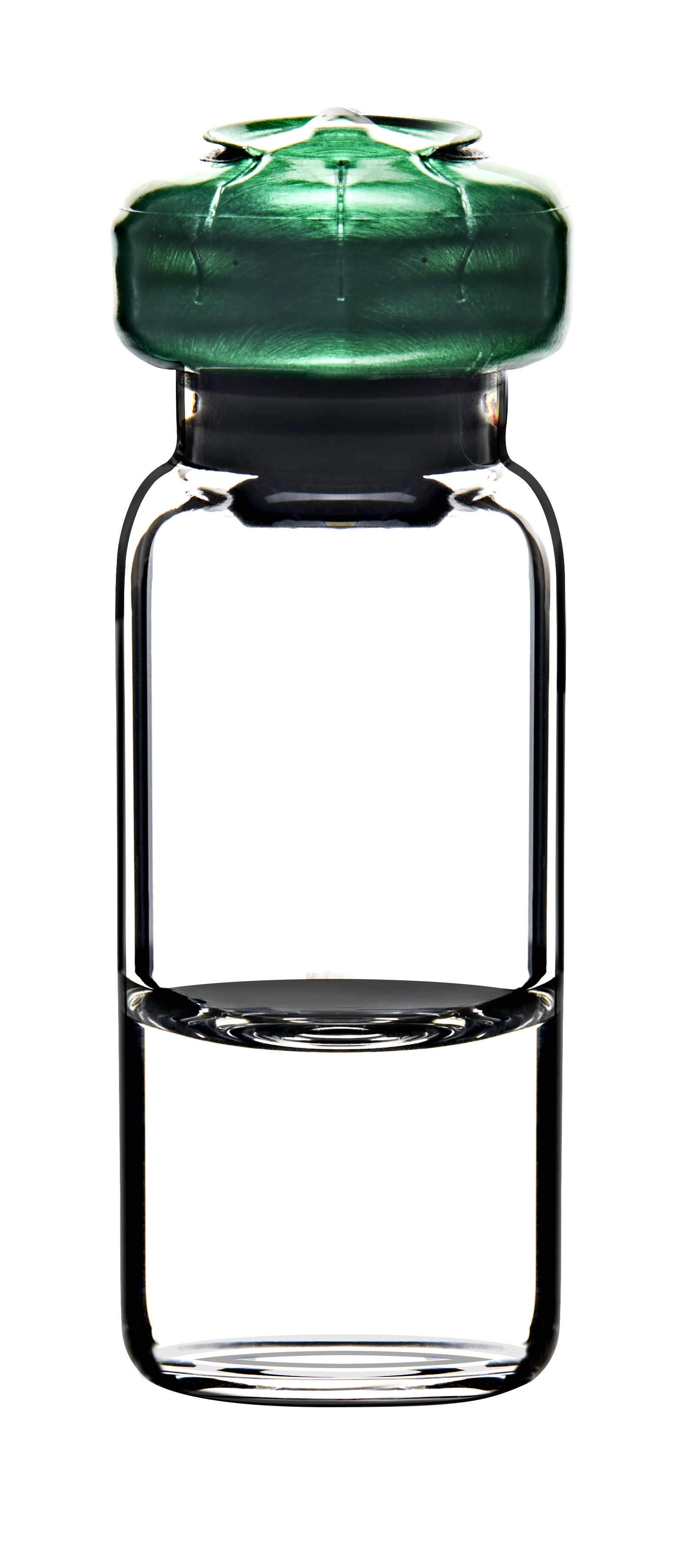References
U.S. Pharmacopeia General Chapters:<51> ANTIMICROBIAL EFFECTIVENESS TESTING. Rockville, MD:U.S. Pharmacopeia;USP USP34-NF29, 2011
U.S. Pharmacopeia General Chapters: <71> STERILITY TESTS. Rockville, MD:U.S. Pharmacopeia;USP USP34-NF29, 2011
U.S. Pharmacopeia Dietary Supplement Chapters: <2021> Microbial Enumeration Tests-Nutritional and Dietary Supplements. Rockville, MD: U.S. Pharmacopeia; USP USP34-NF29, 2011
U.S. Pharmacopeia General Chapters: <1072> Disinfectants and Antiseptics. Rockville, MD. USP34-NF29, 2011
U.S. Pharmacopeia General Chapters: <61> Microbial Examination of Nonsterile Products: Microbial Enumeration Tests. Rockville, MD USP34-NF29, 2011
U.S. Pharmacopeia General Chapters:<62> Microbiological Examination of Nonsterile Products: Tests for Specified Microorganisms. Rockville, MD USP34-NF29, 2011
British Pharmacopoeia Commission Test for sterility. London, UK:British Pharmacopoeia Commission;British Pharmacopoeia Appendix XVI A, 2003
British Pharmacopoeia Commission Tests for microbial contamination. London, UK:British Pharmacopoeia Commission;British Pharmacopoeia Appendix XVI B, 2003
British Pharmacopoeia Commission Efficacy of antimicrobial preservation. London, UK:British Pharmacopoeia Commission;British Pharmacopoeia Appendix XVI C, 2003
European Pharmacopoeia Commission Microbial contamination of products not required to comply with the test for sterility (total viable aerobic count). Strasbourg, France:European Pharmacopoeia Commission;European Pharmacopoeia EP 2.6.12, 1997
European Pharmacopoeia Commission Efficacy of antimicrobial preservation. Strasbourg, France:European Pharmacopoeia Commission;European Pharmacopoeia EP 5.1.3, 1997
Microbial limit test for crude drugs. Tokyo, Japan:Japanese Pharmacopoeia;JP JP14e.part I.36.
Sterility test, Growth promotion test. Tokyo, Japan:Japanese Pharmacopoeia;JP JP14e.part I.54.
Preservatives-effectiveness test. Tokyo, Japan:Japanese Pharmacopoeia;JP JP14e.part II.12.
Lingappa BT, et al. Phenethyl alcohol and tryptophol: autoantibiotics produced by the fungus Candida albicans. Science 163: 192-194, 1969. PubMed: 5762768
Skowronski R, Feldman D. Characterization of an estrogen-binding protein in the yeast Candida albicans. Endocrinology 124: 1965-1972, 1989. PubMed: 2647470
Connolly P, et al. The use of impedance for preservative efficacy testing of pharmaceuticals and cosmetic products. J. Appl. Bacteriol. 76: 68-74, 1994. PubMed: 8144407
Klig LS, et al. Comparison of INO1 gene sequences and products in Candida albicans and Saccharomyces cerevisiae. Yeast 10: 789-800, 1994. PubMed: 7975896
ASTM International Standard Test Method for Preservatives in Water-Containing Cosmetics. West Conshohocken, PA
Gershon H, Shanks L. Antifungal properties of n-alkanols, alpha, omega-n-alkanediols, and omega-chloro-alpha-alkanols. J. Pharm. Sci. 69: 381-384, 1980. PubMed: 7373528
Shen LL, et al. DNA topoisomerases from pathogenic fungi: targets for the discovery of antifungal drugs. Antimicrob. Agents Chemother. 36: 2778-2784, 1992. PubMed: 1336349
Wagner T, et al. pH-dependent denaturation of extracellular aspartic proteinases from Candida species. J. Med. Vet. Mycol. 33: 275-278, 1995. PubMed: 8531028
Rudek W. Esterase activity in Candida species. J Clin Microbiol 8: 756-759, 1978. PubMed: 370150
Phillips AW, Balish E. Growth and invasiveness of Candida albicans in the germ-free and conventional mouse after oral challenge. Appl. Microbiol. 14: 737-741, 1966. PubMed: 5970461
Zygmunt WA, Tavormina PA. Steroid interference with antifungal activity of polyene antibiotics. Appl. Microbiol. 14: 865-869, 1966.
Ghannoum MA, Al-Khars A. Effect of antineoplastic agents on the growth and ultrastructure of Candida albicans. Mykosen 27: 452-464, 1984. PubMed: 6438503
. . Dev. Ind. Microbiol. 21: 373-378, 1980.
Saltarelli CG. Morphological and physiological variations between sectors isolated from giant colonies of Candida albicans and C. stellatoidea. Mycopathol Mycol Appl 34: 209-220, 1968.
Braun PC. Surface hydrophobicity enhances corticosterone incorporation in Candida albicans. Infect. Immun. 62: 4087-4090, 1994. PubMed: 8063431
Balish E, Svihla G. Ultraviolet microscopy of Candida albicans. J. Bacteriol. 92: 1812-1820, 1966. PubMed: 5958110
Balliano G, et al. Inhibition of sterol biosynthesis in Saccharomyces cerevisiae and Candida albicans by 22,23-epoxy-2-aza-2,3-dihydrosqualene and the corresponding N-oxide. Antimicrob. Agents Chemother. 38: 1904-1908, 1994. PubMed: 7810997
Huh WK, et al. Characterisation of D-arabinono-1,4-lactone oxidase from Candida albicans ATCC 10231. Eur. J. Biochem. 225: 1073-1079, 1994. PubMed: 7957197
Ennever J, Summers FE. Calcification by Candida albicans. J. Bacteriol. 122: 1391-1393, 1975. PubMed: 238948
Lerner CG, Goldman RC. Stimuli that induce production of Candida albicans extracellular aspartyl proteinase. J. Gen. Microbiol. 139: 1643-1651, 1993. PubMed: 7690395
Quality Control for Commercially Prepared Microbiological Culture Media; Approved Standard - 3rd Edition. Wayne, PA. Clinical and Laboratory Standards Institute; CLSI M22-A3.
US Food & Drug Administration. GENERAL BIOLOGICAL PRODUCTS STANDARDS; General Provisions; Sterility Code of Federal Regulations Title 21: 21CFR610.12, Subpart B, 2005
Kondoh O, et al. Cloning of the RHO1 gene from Candida albicans and its regulation of beta-1,3-glucan synthesis. J. Bacteriol. 179: 7734-7741, 1997. PubMed: 9401032
Huh WK, Kang SO. Molecular cloning and functional expression of alternative oxidase from Candida albicans. J. Bacteriol. 181: 4098-4102, 1999. PubMed: 10383980
Oh KB, et al. Purification and characterization of an autoregulatory substance capable of regulating the morphological transition in Candida albicans. Proc. Natl. Acad. Sci. USA 98: 4664-4668, 2001. PubMed: 11274356
Isobe K, et al. Differential determination procedure for putrescine, spermidine and spermine with polyamine oxidase from fungi and putrescine oxidase. Agric. Biol. Chem. 45: 727-733, 1981.
Yamada H, et al. Oxidation of polyamines by fungal enzymes. Agric. Biol. Chem. 44: 2469-2476, 1980.
Bowman FW, et al. Collaborative study of aerobic media for sterility testing by membrane filtration. J. Pharm. Sci. 60: 1087-1088, 1971. PubMed: 5000479
Harrison EF, Zygmunt WA. Haloprogin: Mode of action studies in Candida albicans. Can. J. Microbiol. 20: 1241-1245, 1974. PubMed: 4608935
YT MicroPlate QC Set. Biolog.
Supplemental assay method for testing for preservative interference with sterility tests. :US Department of Agriculture;USDA, Center for Veterinary Biologics STSAM0903.01, 1999
Efficacy of Preservation on Non-Eye Area Water-Miscible Cosmetic and Toiletry Formaulations. Gaithersburg, MD:AOAC International;AOAC "Official Methods of Analysis of the AOAC International" 998.10.
Microbiology of food and animal feeding stuffs--Guidelines on preparation and production of culture media-- Part 2: Practical guidelines on performance testing of culture media.. Geneva (Switzerland):International Organization for Standardization/ANSI;ISO ISO 11133-2:2003.
Ophthalmic optics--Contact lens care products--Microbiological requirements and test methods for products and regimens for hygienic management of contact lenses. Geneva (Switzerland):International Organization for Standardization/ANSI;ISO ISO 14729:2001.
Ophthalmic optics--Contact lens care products--Antimicrobial preservative efficacy testing and guidance on determining discard date. Geneva (Switzerland):International Organization for Standardization/ANSI;ISO ISO 14730:2000.
Medical microbiology -- Culture media -- Part 2: Ready-to-use blood culture systems. Berlin, Germany:Deutsches Institut fur Normung;DIN DIN 58942-2: 2004, 2004
Chemical disinfectants and antiseptics -- Quantitative suspension test for the evaluation of fungicidal activity of chemical disinfectants and antiseptics used in food, industrial, domestic and institutional areas -- Test method and requirements (phase 2, step 1). London, UK:British Standards Institution;British Standard BS EN 1650:1998.
Standard Test Method for Confirming the Sterility of Membrane Filters. West Conshohocken, PA:ASTM International;ASTM Standard Test Method D 4196-05.
Standard Test Method for Efficacy of Fungal Control Agents as Preservatives for Aqueous-Based Products Used in the Paper Industry. West Conshohocken, PA:ASTM International;ASTM Standard Test Method E 0875-00 (Reapproved 2005).
Chemical disinfectants and antiseptics - Preservation of test organisms used for the determination of bactericidal, sporicidal and fungicidal activity. London, UK:British Standards Institution;British Standard BS EN 12353:2006.
Chemical disinfectants and antiseptics --- Quantitative non-porous surface test for the evaluation of bactericidal and/or fungicidal activity of chemical disinfectants used in food, industrial, domestic and institutional areas --- Test method and requirements without mechanical action (phase 2/step 2). London, UK:British Standards Institution;British Standard BS EN 13697:2001.
Chemical disinfectants and antiseptics --- Quantitative suspension test for the evaluation of fungicidal activity of chemical disinfectants for instruments used in the medical area --- Test method and requirements (phase 2, step 1). London, UK:British Standards Institution;British Standard BS EN 13624:2003.
Chemical disinfectants and antiseptics --- Quantitative suspension test for the evaluation of basic fungicidal or basic yeasticidal activity of chemical disinfectants and antiseptics --- Test method and requirements (phase 1). London, UK:British Standards Institution;British Standard BS EN 1275:2005.
Chemical disinfectants and antiseptics --- Quantitative carrier test for the evaluation of fungicidal or yeasticidal activity for instruments used in the medical area --- Test method and requirements (phase 2, step 2). London, UK:British Standards Institution;British Standard BS EN 14562:2006.
Chemical disinfectants and antiseptics --- Quantitative suspension test for the evaluation of fungicidal or yeasticidal activity of chemical disinfectants and antiseptics used in the veterinary area --- Test method and requirements (phase 2, step 1). London, UK:British Standards Institution;British Standard BS EN 1657:2005.
Chemical disinfectants and antiseptics --- Application of European Standards for chemical disinfectants and antiseptics. London, UK:British Standards Institution;British Standard BS EN 14885:2006.
Cosmetics --- Microbiology --- Enumeration of yeast and mould. London, UK:British Standards Institution;British Standard Draft ISO 16212:2007.
Microbiology of food and animal feeding stuffs --- Guidelines on preparation and production of culture media --- Part 2: Practical guidelines on performance testing of culture media - Annex B: Recommended test microorganisms for commonly used culture media. London, UK:British Standards Institution;British Standard DD CEN ISO/TS 11133:2003.
ISO/CD 11133:2009, Annex E. Test microorganisms for commonly used culture media (giving information on the culture medium, culture conditions, test microorganisms, culture collection number of test organisms and the expected reactions)
Corry, JEL, Curtis, GDW and Baird, RM (Eds) Handbook of Culture Media for Food and Water Microbiology. Royal Society of Chemistry, In preparation. ICFMH-WPCM.



